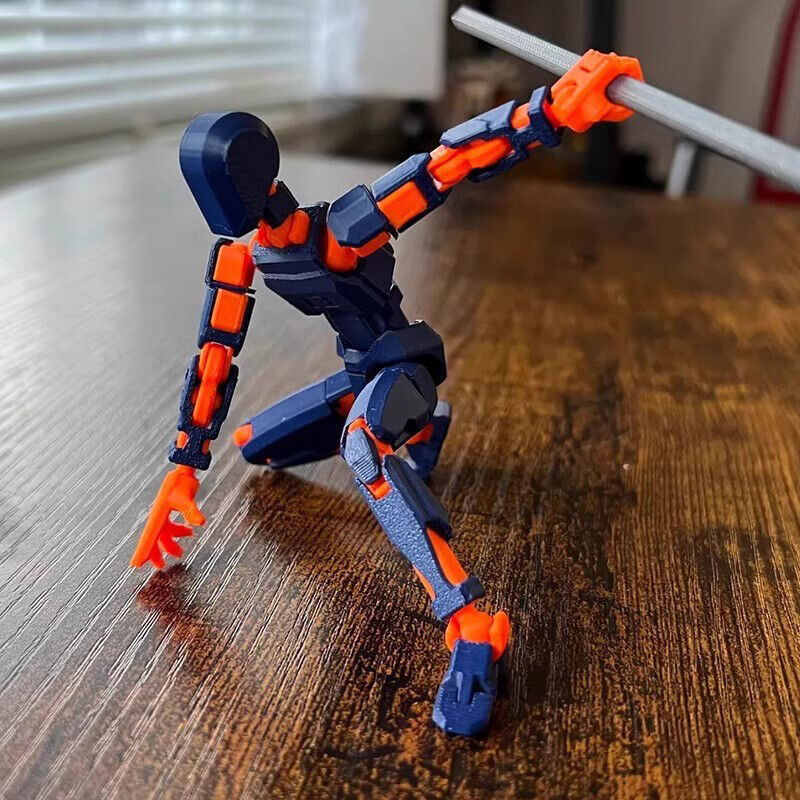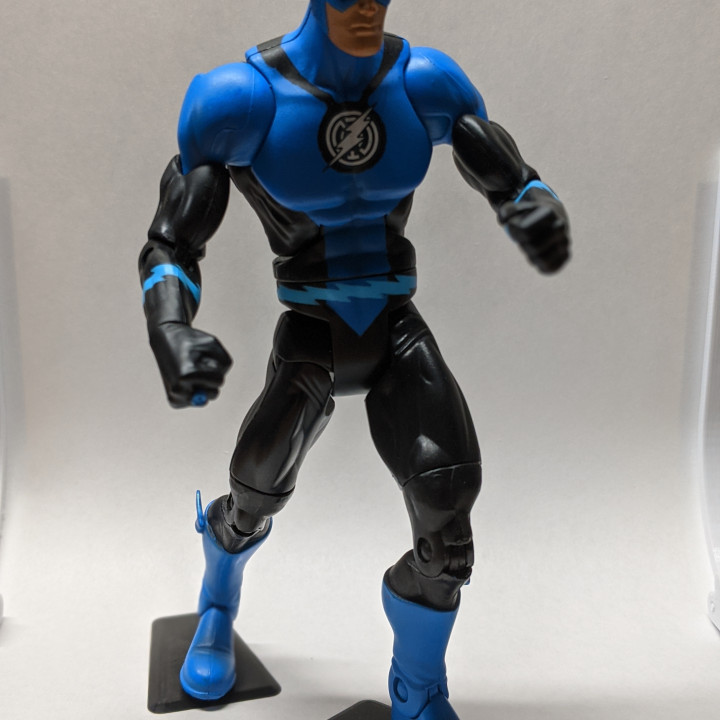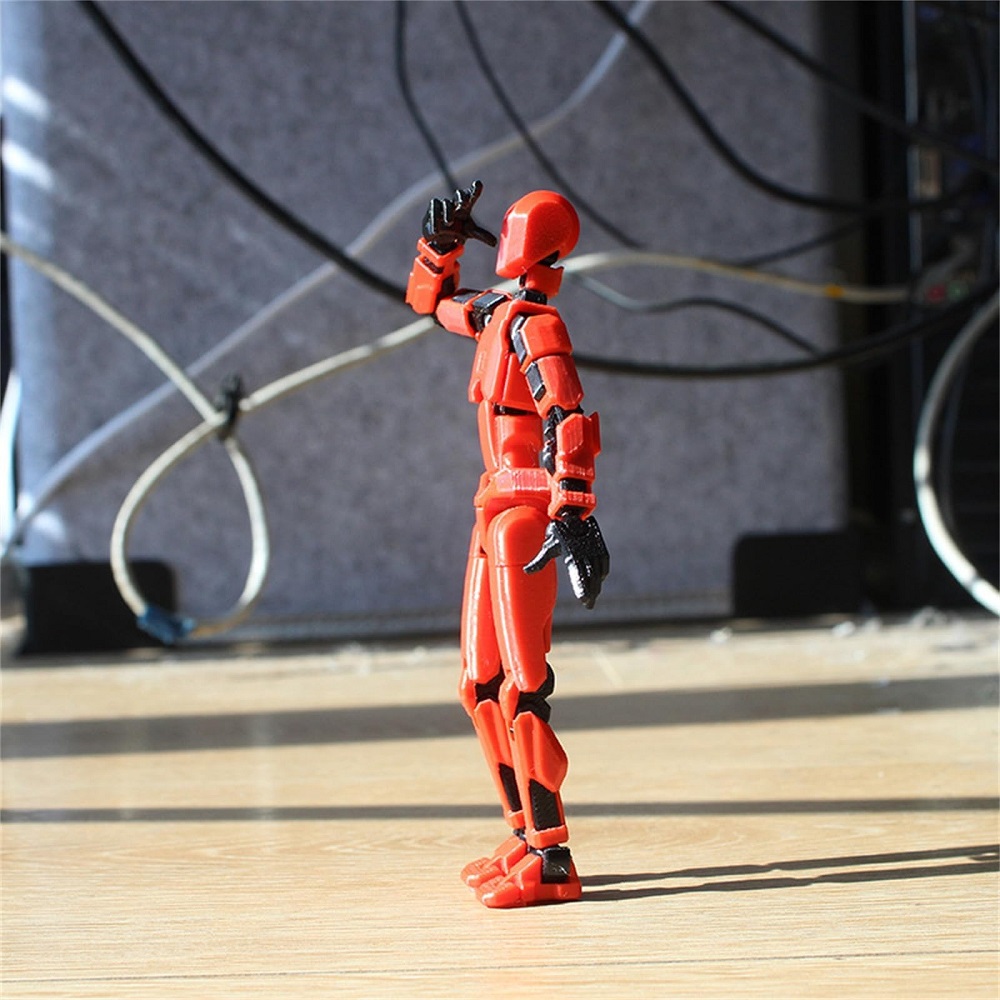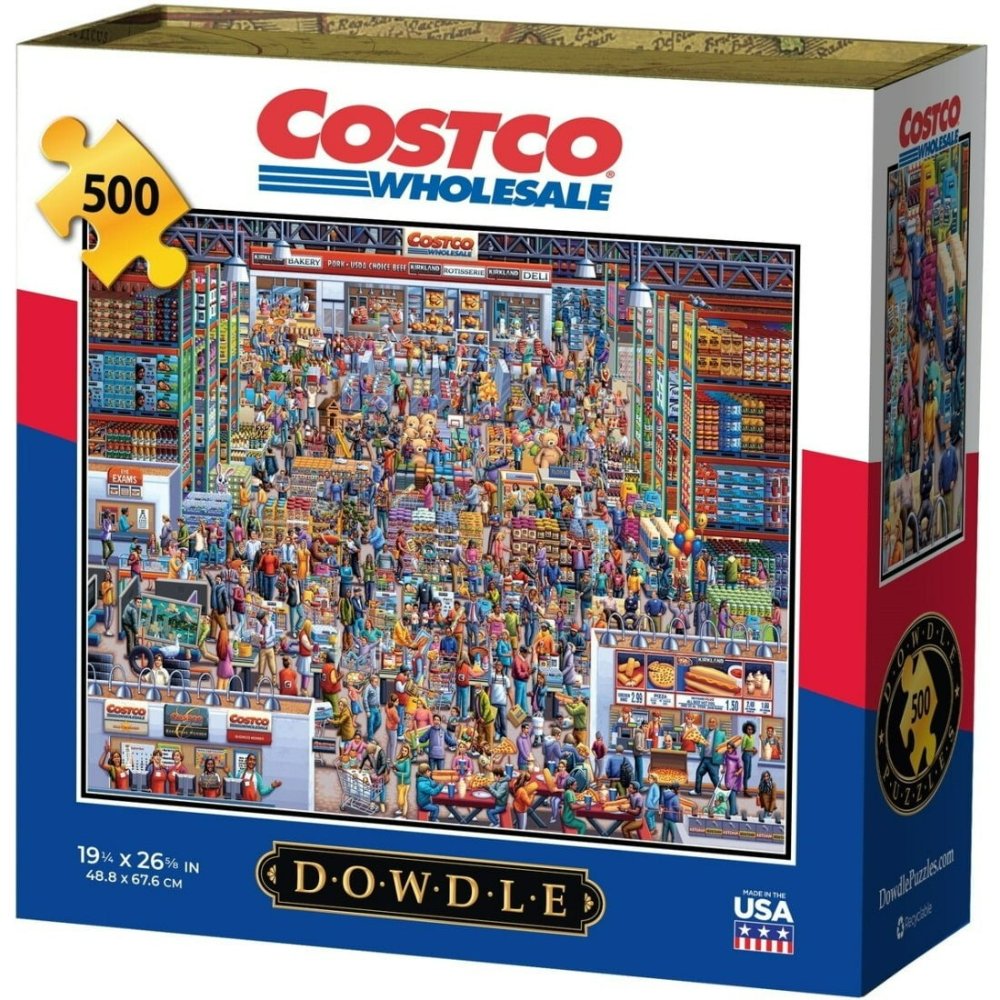In recent years, the world of collectibles has undergone a monumental transformation. 3D printing technology has revolutionized how action figures are created, customized, and distributed. This technology offers substantial benefits compared to traditional manufacturing methods. Enthusiasts and hobbyists are adopting 3D printing to push the boundaries of creativity and personalization. This article will dive deep into the magic of 3D printed action figures, highlighting their benefits, customization opportunities, and future potential.
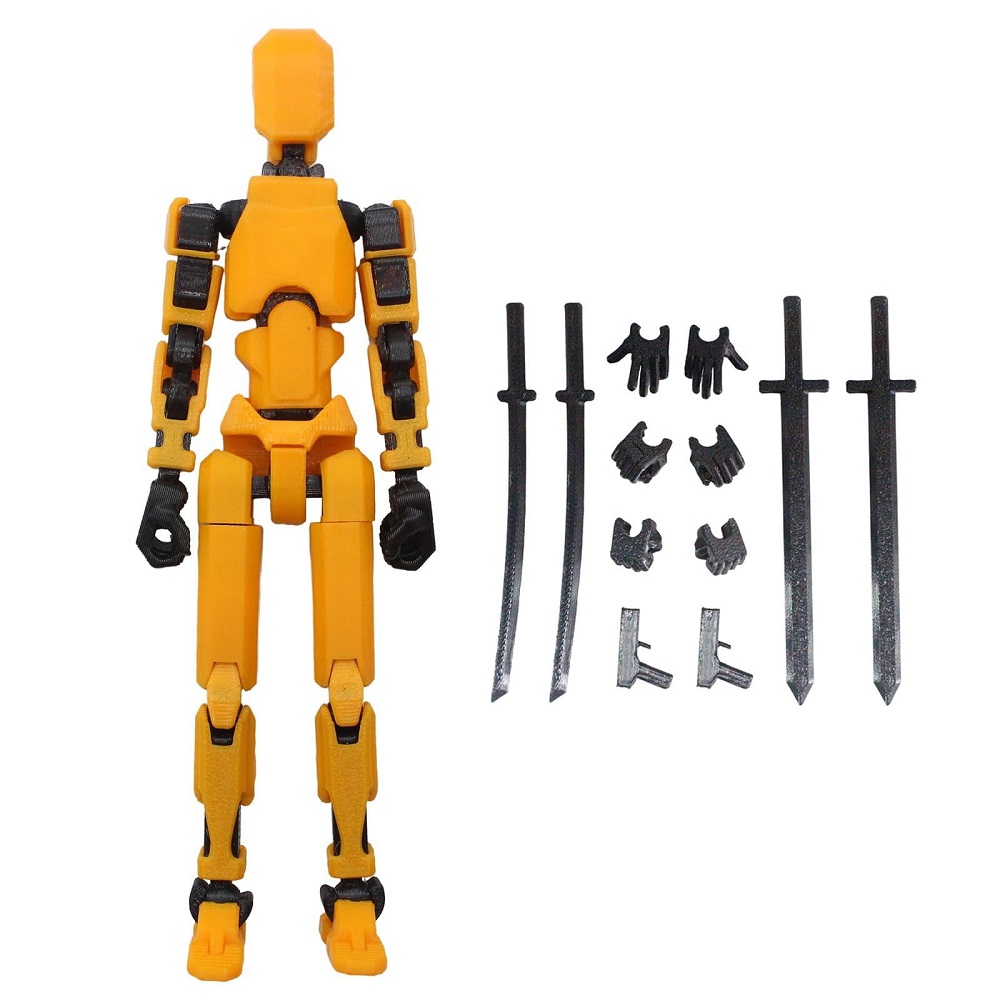
The Benefits of 3D Printed Action Figures
Cost Efficiency and Accessibility
Traditional manufacturing methods are costly, mainly due to molds and production line expenses. 3D printing, in contrast, eliminates the need for those molds. You only need a 3D printer, filament, and a design. This affordability makes 3D printing an accessible option for both amateur and professional creators. Participants can create intricate figures without breaking the bank.
Moreover, 3D printers are becoming increasingly affordable. As prices drop, more hobbyists gain access to this transformative technology. Open-source 3D models are available online, offering a starting point for newcomers. Many websites and online communities share free or reasonably priced models, allowing easy entry into the world of 3D printed action figures.
Rapid Prototyping and Production
3D printing excels in rapid prototyping. Traditional manufacturing methods often require long lead times and extensive labor. For instance, creating a prototype using molding methods can take weeks or months. In contrast, 3D printing allows creators to expedite the design-to-production timeline.
Quick iterations are a game-changer. Designers can print multiple versions of a figure, tweaking them between prints. This iterative approach enables perfectionists to refine details to the highest standards. Innovators can test different materials and designs quickly, ensuring the final product meets their expectations.
Environmental Sustainability
3D printing also carries environmental benefits. Traditional methods often result in substantial waste due to excessive material usage and faulty productions. In contrast, 3D printing is a more sustainable choice since it uses the precise amount of material needed for each figure. This reduces waste significantly and contributes to more eco-friendly manufacturing processes.
Some 3D printers use recycled or eco-friendly filaments, which reduce the environmental impact even further. For instance, filaments made from PLA (polylactic acid), a biodegradable plastic derived from renewable resources like corn starch, are both cost-effective and more sustainable. By opting for these eco-friendly choices, creators contribute to a more sustainable future.
Customization Opportunities
Unprecedented Personalization
Customization possibilities with 3D printed action figures are limitless. Enthusiasts can design their figures from scratch or modify existing models. Unlike mass-produced figures, which offer little to no customization, 3D printing empowers individuals to bring their visions to life. This offers a unique opportunity for personalization that was previously unattainable.
For example, collectors can create figures based on niche characters or even their likeness. Comic book fans can adapt their favorite heroes, adding unique features and details. Gamers can transform in-game avatars into physical representations. This level of personalization inspires a deeper connection to the object, making each figure unique and special.
Unique Gifts and One-offs
3D printed action figures make excellent personalized gifts. Imagine gifting a friend a custom-designed action figure featuring their favorite character or even a miniature version of themselves. The novelty and thoughtfulness transform an ordinary gift into something extraordinary.
Creators can also produce one-off pieces or limited edition runs, adding to the item’s exclusivity and value. Artists and designers can sell exclusive, custom-made action figures in small batches, thereby maintaining high quality and uniqueness. This is particularly appealing to collectors who value rarity and uniqueness.
Fan Art and Tribute Figures
The world of fan art has also embraced 3D printing. Talented artists and designers create homage figures that mainstream manufacturers might overlook. Tribute figures can be inspired by popular movies, TV shows, or books, offering an array of characters otherwise unavailable in traditional toy lines.
Fanart creators enjoy a vast playground of themes and styles. They can produce mash-ups, blending different universes in intriguing ways. These creative combinations pay homage to multiple franchises, fostering a sense of community among enthusiasts. With 3D printing, the possibilities are endless, limited only by the designer’s imagination.
Future Potential and Innovation
Technological Advancements
As technology progresses, so too does the potential of 3D printed action figures. Modern 3D printers can already handle an impressive level of detail and complexity. Both hardware and software updates are consistently making improvements. Expect future 3D printers to offer even more precision and speed.
Software advancements also play a significant role. Improved 3D modeling software will make it easier for less technically skilled individuals to design and print their creations. User-friendly interfaces and intuitive design tools will remove barriers, inviting more people into the world of 3D printed action figures.
Integration with Augmented Reality (AR)
Future 3D printed action figures might integrate with augmented reality (AR) technology. This innovation could bring figures to life, offering interactive experiences. Imagine pointing your smartphone at a figure and seeing it animate, providing information or engaging in virtual adventures.
Such integration bridges the gap between physical collectibles and digital experiences. It offers an immersive way for fans to engage with their action figures. Interactive elements add layers of enjoyment and educational potential, making the figures more than just display items.
Educational and Therapeutic Uses
3D printing holds educational potential. Classrooms can use 3D printers to teach students about design, engineering, and material science. Creating action figures can be a fun, hands-on project that fosters creativity and critical thinking.
Moreover, 3D printed action figures can have therapeutic applications. For example, therapists might use customized figures to help children express their emotions or work through challenges. The tactile and visual nature of action figures can serve as effective tools for engagement and communication.
Challenges and Considerations
Learning Curve and Skill Requirements
While 3D printing offers incredible opportunities, it also comes with challenges. One significant barrier is the learning curve. Beginners must understand the basics of 3D modeling and printing, which can be daunting initially. Comprehensive guides and tutorials can mitigate this, but it takes time and practice to master the skills.
Additionally, troubleshooting issues with the 3D printer or print file requires patience. Common problems include filament jams, failed prints, and inaccuracies. As users gain experience, these issues become less frequent, but they can be frustrating for beginners.
Quality and Durability Concerns
Another challenge lies in ensuring the quality and durability of 3D printed action figures. Not all 3D printers and filaments are created equal. Some materials produce stronger, more durable figures, while others might be more brittle. It’s crucial to choose the right combination of printer and filament to achieve the desired quality.
Post-processing steps such as sanding, painting, and sealing can improve the figure’s appearance and durability. However, these steps require additional time and effort. Balancing quality and cost-effectiveness is an ongoing consideration for creators.
Intellectual Property Issues
Intellectual property (IP) concerns also arise in the realm of 3D printed action figures. Creating and selling figures based on existing characters can infringe on copyright and trademark laws. Artists must be mindful of these legal constraints to avoid potential litigation.
However, many creators navigate this challenge by designing original characters or securing appropriate licenses. The emphasis is on respecting IP laws while still exploring creative avenues.
Conclusion: The Future is Bright
The rise of 3D printed action figures signals a transformative era in collectibles. The technology offers impressive benefits, including cost efficiency, rapid prototyping, and environmental sustainability. Customization has reached unprecedented levels, allowing collectors to enjoy personalized and unique figures. As technology progresses, the potential for innovation is boundless, with advancements in AR, educational applications, and more.
However, enthusiasts must navigate challenges like the learning curve and quality control. By embracing these hurdles, creators can unlock the full potential of 3D printing. The journey is worthwhile, offering endless possibilities for creativity, personalization, and engagement in the world of action figures. It’s an exciting time for collectors and creators alike as they step into this new frontier.
